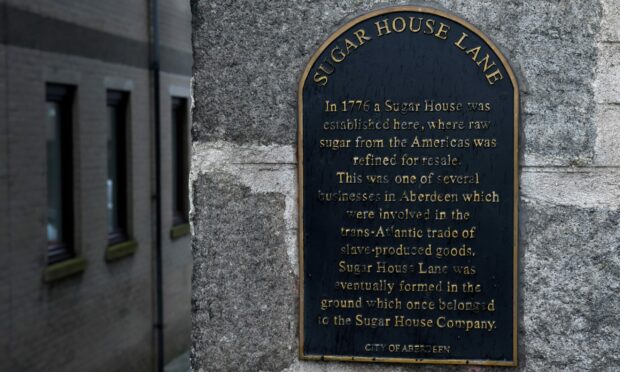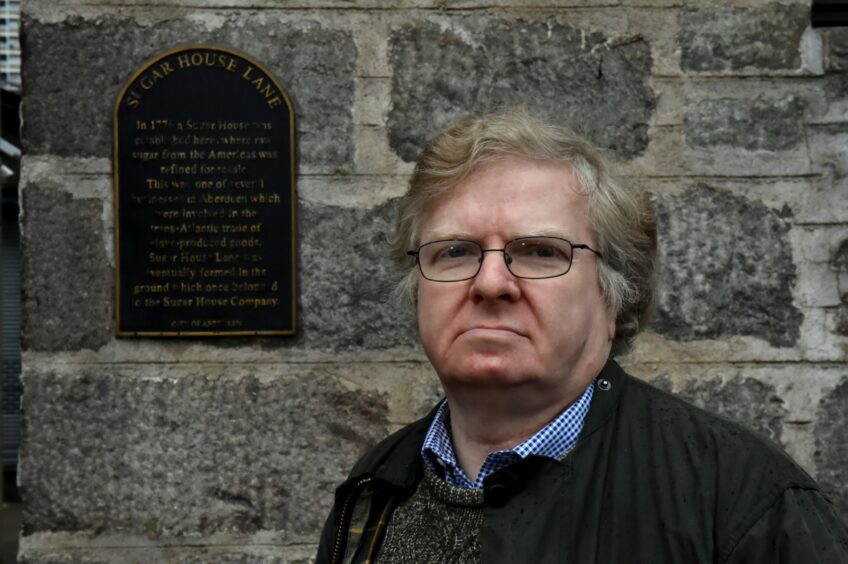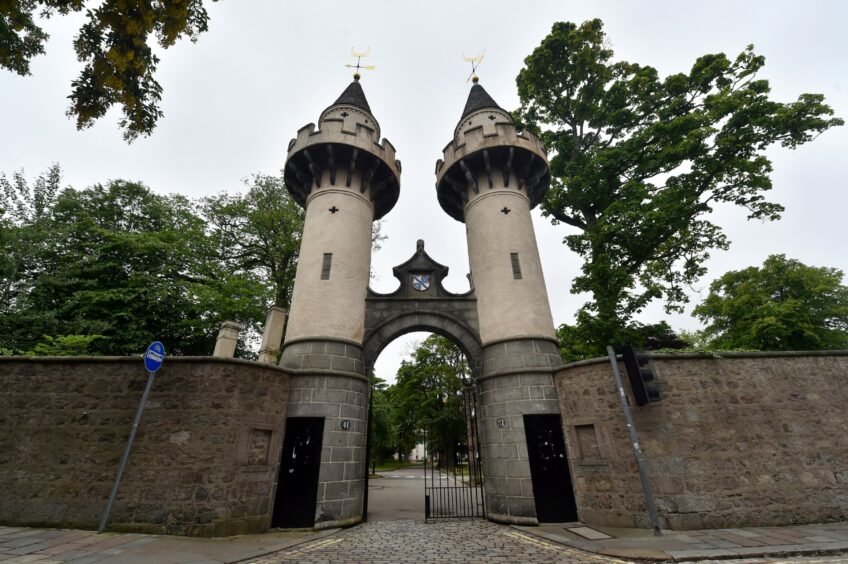Calls for Aberdeen to “front up” to its role and profiting from slavery have been deferred until March.
Early work on plans for information plaques, highlighting key parts of the city linked to the horrific trade, has already been carried out by council historians.
But for only 11 sites – one of which already has Aberdeen’s only sign explaining connections to slavery products in Sugarhouse Lane – Town House chiefs priced the project at more than £140,000.
Due to the hefty price tag, officials recommended the idea was not pursued “at this time” – and the council’s city growth committee has agreed.
The difference, revealed council lead historian Jenny Brown, between this scheme and the other commemorative plaques which can be found around the city is that no member of the public has come forward to pay for them.
She said: “The cost of erecting plaques that currently exist in the city, for the majority, has been funded externally by applicants, generally members of the public.
“The real cost comes under research to establish a link between a specific locality and typically a person, event or building.
“For most commemorative plaques we already have, that work was undertaken by the applicant, the member of the public.”
Aberdeen’s history with slavery: What now?
Councillors will next consider the proposal, brought forward by Liberal Democrat group leader Ian Yuill, while putting together their budget for the next financial year.
Mr Yuill seemed surprised by the cost attached to the project when he told us of his disappointment.
“Just because you can’t do everything doesn’t mean you can’t do something,” he added.
But he endorsed the delay in the Granite City “fronting up”, as he put it, to its history if it allowed further research into significant spots – as long as the work was completed by council budget day in March.
As the Black Lives Matter movement exploded onto the scene in recent years, so too has society’s awareness that more must be done to acknowledge the role the United Kingdom, Scotland and the north-east played in enslavement.
There are some very obvious references to places and products which profited from the misery, such as Virginia Street, Jamaica Street and Cotton Street.
But then, there are others which the council is not sure are named after families which made fortunes in slavery – such as the Leslies, who paid for Old Aberdeen’s Powis Gates using compensation received during the abolition.
Among the 11 locations the council has so far identified, six acknowledge the role of families such as them or the places referencing the trade.
A further five highlight sites and major players in the north-east’s strong abolitionist movement, including Beattie Avenue which likely took its name from Marischal College philosopher Dr James Beattie – one of the first public figures to say, in 1770, that slavery was morally wrong.
The delay in making a decision, suggested by council finance convener Ryan Houghton, also will allow officials to explore the possibility of finding funding to perhaps employ a researcher to lead on the project, or to tie in with others, such as Aberdeen University, who are also exploring their history and legacy with slavery.
Whether the plaques ever go ahead remains to be seen, as officers have also been asked to comeback with ideas on the best way to make findings public.


